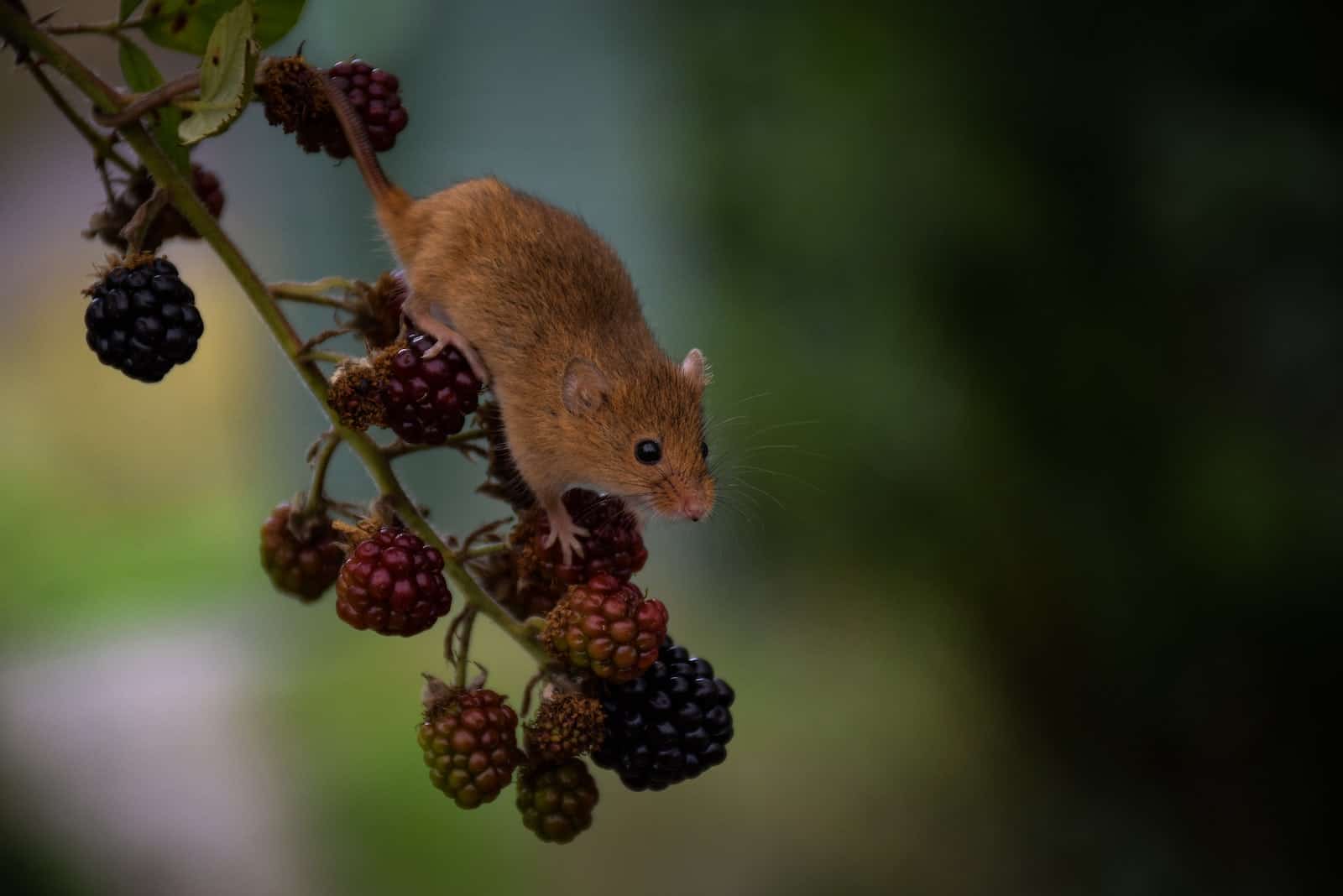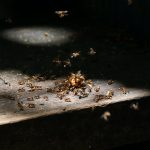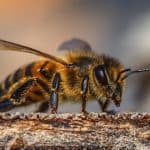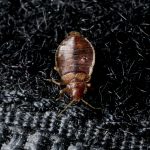Recently, significant media attention has been focused upon rodents running rampant in various restaurants and food facilities. Given the publicity nightmares that ensued, these businesses were left to deal with far more than just tainted food – they were forced to deal with their tainted reputations, long after the media spotlight dimmed.
Unfortunately, restaurants and food facilities sometimes wait until crises strike before implementing proper pest management practices. After such an intense media glare upon these issues, it may be time to reassess current pest management plans and, if not up to par, make the appropriate changes to prevent pests and rodents from contaminating both a company’s food supply and its valued reputation.
The facts of this problem make a proactive approach necessary. Pests and rodents are attracted to sources of food, water and shelter – three things that restaurants and food facilities provide in spades. Prevention and maintenance can protect companies from the serious threats posed by pests and rodents.
For restaurants and food facilities, choices about the public’s well-being are commonplace. When the top priority must be protecting the public’s health and safety, facility managers and quality assurance professionals need to have a variety of options available to them. There are a lot of programs designed and implemented to fit within the above definition provide a multitude of proactive and reactive measures to protect premises from the threats of pests and rodents.
Prevention is key!
Pest prevention is the first, critical step in every program and one that all can share in. Restaurants and food facilities must be vigilant in protecting the public’s health from the diseases and damage associated with opportunistic and resourceful pests. Although maintenance is a significant part of protecting public health, it is only as good as the vigilance of those who work day to day in the industry.
On the outside
The exterior area of the premises should be kept as clean and uncluttered as possible. The better the care is given to the outside of buildings, the better the ability of facility managers and quality assurance professionals to prevent unwanted intrusion.
-
- Dispose of garbage in clean, sealed containers.
- Seal cracks and holes on the outside of the building, including entry points for utilities and pipes.
- Keep tree branches and shrubbery well trimmed and away from the building.
- Repair fascia and rotted roof shingles as some insects are drawn to deteriorating wood.
- Replace weather-stripping and repair loose mortar around the building’s foundation and windows.
- Don’t overlook proper drainage at the foundation; install gutters or diverts, which will channel water away from the building.
- Consider replacing any mulch adjacent to the building with crush, as mulch can provide a burrowing area for rodents and other pests.
- Be sure that exterior lights are not directed at doors or positioned above entryways as they can serve as a beacon for unwanted pests.
Be sure that employees do not prop doors open during a shift or a break to prevent unwanted pests and rodents from entering; make sure doors and open windows have tight fitting screens. Fit any doors that must be open, such as dock doors, with air curtains or plastic strip curtains.
On the inside
Pest prevention must also take place on the interior of buildings. They are not simply unsightly but can also be dangerous contaminates to food. By taking additional prevention measures inside buildings, facility managers and quality assurance professionals can be sure that they are taking all the steps necessary to implement proper pest management practices.
-
- Keep storage areas, basements and crawl spaces well ventilated and dry.
- Dispose of garbage in a timely manner.
- Look for rodent droppings in undisturbed areas, including closets, attics and along floorboards, which indicate a pest problem.
- Make sure employees keep food sealed and stored properly.
- Clean high-volume areas daily, where crumbs and trash are more likely to build up.
- Caulk and seal internal cracks, especially at floor/wall junctions.
- Address product spills immediately and cleans affected areas as soon as possible.
- Products and materials should be stored away from windows and walls to reduce the risk of contamination.
In the bag
As stored food products are present at both restaurants and food facilities, it is also necessary to consider prevention techniques in this realm as part of an IPM plan. Many pests can infest bagged meal and powdered food products. Consistent monitoring of these storage areas is crucial for detecting these pest issues. Stock should be rotated frequently in storage areas, using the First In, First Out (FIFO) technique. Storage shelves should also be cleaned frequently and free of dust.
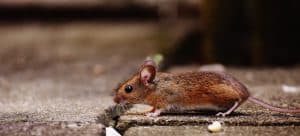
If a sizable amount of money is involved in developing a program, feel free to solicit bids from several pest management firms. If a guarantee is given to you, always know what it covers, how long it lasts and what you must do to keep it in force. Keep in mind that this, especially for restaurants and food facilities, is a health and safety decision- the value of the service should outweigh all other factors.

